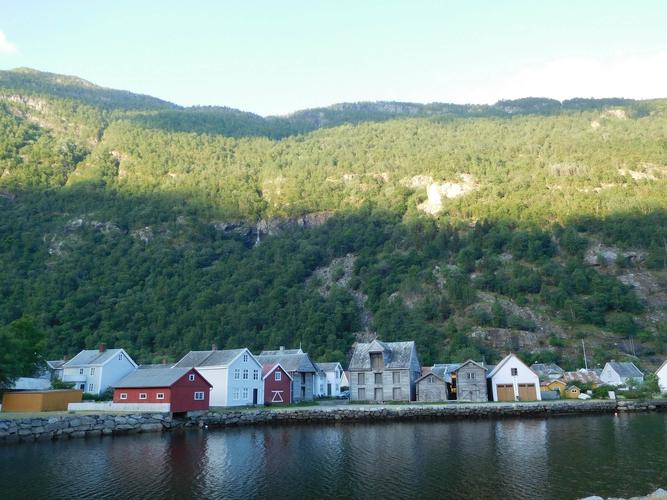Uncovering the Mysteries of Inca Civilization: Fascinating Information You Need to Know
The Inca Empire is one of the most fascinating civilizations in history. This pre-Columbian civilization developed in the Andes Mountains of South America and dominated the region for centuries. Although the Inca civilization is no longer with us, their legacy lives on in their architecture, language, and culture. In this article, we will take a closer look at the mysteries of Inca civilization and uncover some fascinating information that you need to know.
The Origins of the Inca Civilization
The origins of the Inca civilization are shrouded in mystery. According to Inca mythology, the god Viracocha created the world and the first Inca ruler, Manco Capac. Some anthropologists believe that the Inca civilization began as early as 1200 BCE, with the creation of the Chavín culture. However, the Inca Empire as we know it was established in the 15th century by Pachacuti Inca Yupanqui, who expanded the empire through military conquest and strategic alliances.
Their Remarkable Engineering and Architecture
One of the most impressive aspects of Inca civilization is their engineering and architecture. The Inca people built vast, undulating walls without the use of mortar or cement. These incredible structures, such as the famous Machu Picchu, are still standing today due to their impressive construction techniques. Additionally, the Inca built an extensive network of roads, some spanning thousands of miles, which allowed for quick communication and trade throughout the empire.
Their Enigmatic Language and Writing System
Another mystery surrounding the Inca civilization is their language and writing system. The Inca people did not have a written language, and instead, used a complex system of knots known as quipus. These knotted cords were used to record information and keep track of trade, taxes, and other important records. Although the system has not been completely deciphered, it is clear that it was a sophisticated way of recording information.
Religious Beliefs and Practices
The Inca civilization had a complex religious system that incorporated the worship of various gods, including Inti, the sun god, and Pachamama, the earth goddess. The Inca also practiced human sacrifice, although it was not a common occurrence. In addition to their religious practices, the Inca people had a strong respect for nature and the environment. They believed that the natural world was sacred and deserving of protection.
The End of the Inca Civilization
Despite their impressive achievements, the Inca civilization was ultimately brought down by the Spanish conquistadors in the 16th century. The Spanish arrived in South America in search of gold and other resources and were met with resistance from the Inca people. In 1532, Francisco Pizarro captured and executed the Inca ruler, Atahualpa, and took control of the empire. The conquest of the Inca Empire is a tragic chapter in history, but the legacy of the Inca civilization lives on.
In conclusion, the Inca civilization is a fascinating and enigmatic civilization that has left an indelible mark on history. From their remarkable engineering and architecture to their complex religious beliefs and practices, the Inca civilization continues to captivate and inspire people around the world. In understanding the mysteries of Inca civilization, we gain a greater appreciation for the achievements of this remarkable civilization.
(Note: Do you have knowledge or insights to share? Unlock new opportunities and expand your reach by joining our authors team. Click Registration to join us and share your expertise with our readers.)
Speech tips:
Please note that any statements involving politics will not be approved.
